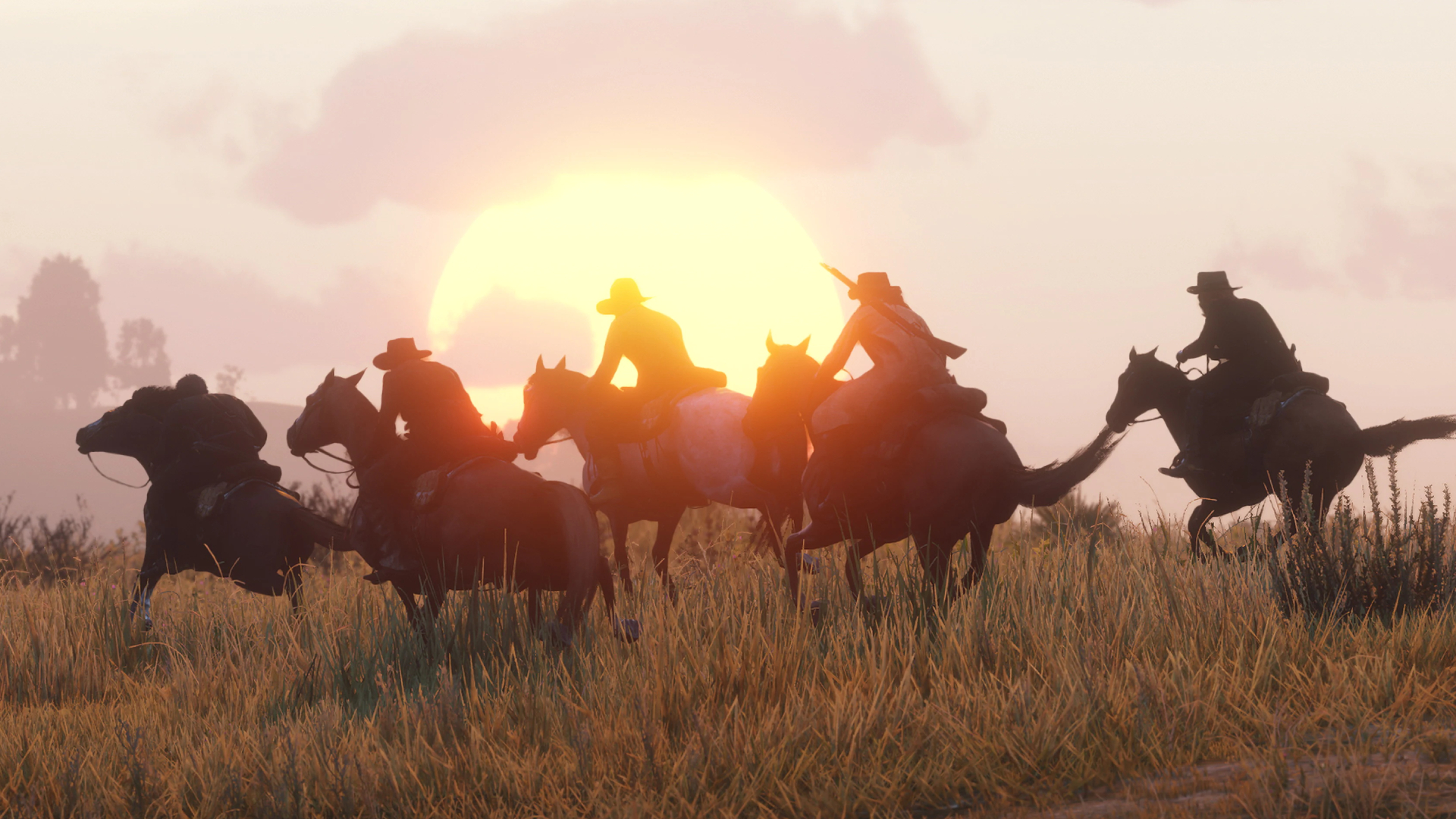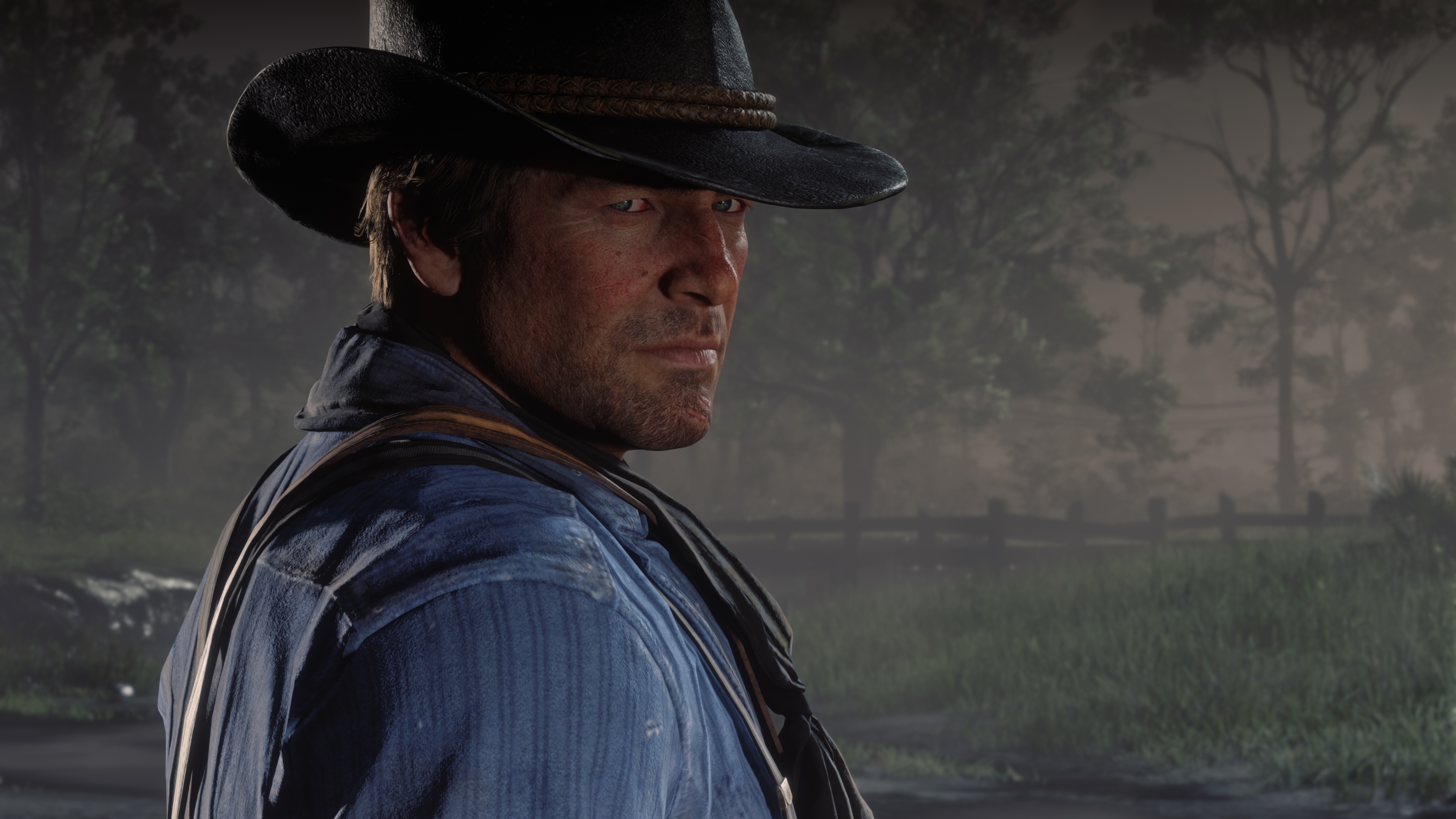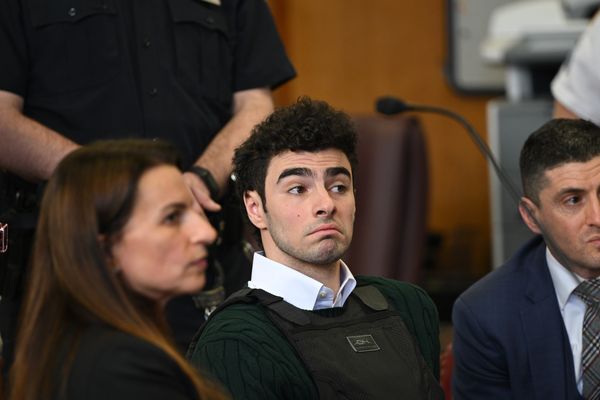
Few moments in gaming have stayed with me the way that Red Dead Redemption 2 has. For as much as I loved the experience when it was originally released all the way back in 2018, I found a new appreciation for the story and characters during a recent replay while recovering from a pulmonary embolism.
Back in February, I found that my chest began to hurt. I quickly found myself struggling to breathe or walk as everything became a struggle. Only when I started coughing blood, I realized something was gravely wrong. Within hours, I was in hospital where after many scans, I was admitted to various wards for the better part of a week, never fully grasping just how close I came to dying.
Going home was hard. I was placed on new medication and forced to give up the majority of things I enjoyed with a much more careful lifestyle than the one I previously led. Recently, a full playthrough of Red Dead Redemption 2 helped me fully understand what I went through as I drew parallels between what had happened to myself and Arthur Morgan in my time with Rockstar’s latest open-world game.
Arthur Morgan is one of the most complicated characters to grace modern gaming, with snippets of his personality unraveling in what is sometimes an incredibly slow burn.
I saw him change from a flawed man making bad decisions to someone trapped in a life that was actively killing him. Early into the story, Morgan assaults Thomas Downes to extort the money borrowed from his partner Strauss. Thomas coughs blood into Arthur’s mouth, which unknowingly infects him with Tuberculosis, a death sentence back then, as resistant drugs and treatment weren’t invented until decades after the game’s time setting.
Time to reflect

Throughout the many shootouts and crimes committed in Red Dead Redemption 2, it’s the dialogue between characters that had the most significant impact on me. Arthur’s decline is gradual. We don’t notice the effects of his sickness until his cough becomes more pronounced, and his face starts to look withered around the end of Chapter 2. He goes from a man who blindly follows orders to someone who begins to live and think for himself; something that I was guilty of being like before I was admitted.
As a transgender woman, there were many times when I felt compelled to dress reserved and hide who I was from the public to live in a way that was uncomfortable for me but inoffensive to the majority. When I was lying in the hospital bed, hooked up to the monitoring machines and being administered life-saving injections, that fear went away. I felt as though I could finally breathe and fully be myself for the first time in decades. I could see myself dying.
For weeks I struggled to come to terms with what I was feeling. I had endured the pain to nail down exactly what I was going through internally. Only when I heard Arthur Morgan in a late-game conversation with Sister Calderón did it all fall into place for me. Morgan explains the regrets and personal tragedies he’s experienced in his life, and Calderón says: “Life is full of pain, but also love and beauty” and “to be grateful for the first time you see your life clearly”. It’s followed by a scene of Arthur smiling before his expression goes somber, and he lets out: “I’m afraid”. Finally, I could fully come to terms with everything that had happened to me—fear, pain, and not knowing what the future holds.
Through the roughly 60-hour story, including the epilogue with John Marston, I was able to relate and immerse myself in the boots of this character going through something truly harrowing. My illness may have been different, but I could connect the throughline and know that it could express the situation far better than I ever could, and that’s something I’ll never forget.







